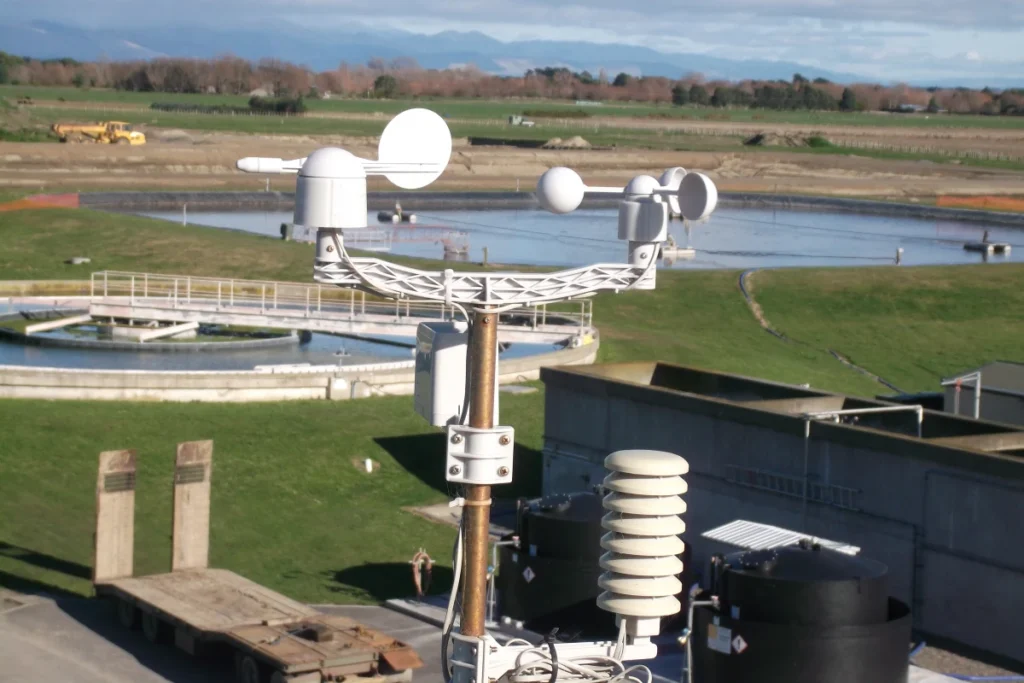
# Definition of Anemometer: Understanding Wind Speed Measurement
An anemometer is a device used to measure wind speed, a crucial tool in meteorology, environmental studies, and various industries. Understanding how an anemometer works and its applications can provide valuable insights into weather patterns, energy production, and safety measures.
## What is an Anemometer?
An anemometer is an instrument designed to measure the speed of wind. The term “anemometer” originates from the Greek word “anemos,” meaning wind, and “metron,” meaning measure. These devices are essential for collecting accurate wind speed data, which is vital for weather forecasting, aviation, and renewable energy projects.
### Types of Anemometers
There are several types of anemometers, each with its unique mechanism for measuring wind speed:
– Cup Anemometer: This is the most common type, featuring three or four cups mounted on horizontal arms. As the wind blows, the cups rotate, and the speed of rotation is proportional to the wind speed.
– Vane Anemometer: Also known as a windmill anemometer, this type uses a propeller or fan that rotates when exposed to wind. The rotation speed is measured to determine wind speed.
– Hot-Wire Anemometer: This type uses a heated wire that cools down as wind passes over it. The rate of cooling is used to calculate wind speed.
– Ultrasonic Anemometer: This advanced type uses ultrasonic sound waves to measure wind speed and direction. It is highly accurate and often used in research and industrial applications.
## How Does an Anemometer Work?
The working principle of an anemometer depends on its type. For example, a cup anemometer measures wind speed by counting the number of rotations of the cups over a set period. The faster the cups rotate, the higher the wind speed. Similarly, a vane anemometer measures the speed of the rotating propeller, while a hot-wire anemometer calculates wind speed based on the cooling effect of the wind on the heated wire.
### Applications of Anemometers
Anemometers are used in various fields, including:
– Meteorology: For weather forecasting and climate studies.
– Aviation: To ensure safe takeoff and landing conditions.
– Renewable Energy: To assess wind resources for wind turbine placement.
– Environmental Monitoring: To study air quality and pollution dispersion.
– Construction: To ensure safety during high-wind conditions.
## Importance of Accurate Wind Speed Measurement
Accurate wind speed measurement is crucial for several reasons. In meteorology, it helps predict weather patterns and severe weather events. In aviation, it ensures the safety of flights by providing real-time wind data. In renewable energy, it helps optimize the placement and efficiency of wind turbines. Accurate wind speed data also plays a vital role in environmental studies, helping researchers understand air pollution and its dispersion.
### Conclusion
An anemometer is an indispensable tool for measuring wind speed, with applications ranging from weather forecasting to renewable energy. Understanding the different types of anemometers and their working principles can help in selecting the right instrument for specific needs. Accurate wind speed measurement is essential for safety, efficiency, and environmental monitoring, making anemometers a vital component in various industries.
By comprehending the definition and functionality of an anemometer, we can better appreciate its role in our daily lives and the broader scientific community.
Keyword: define anemometer
